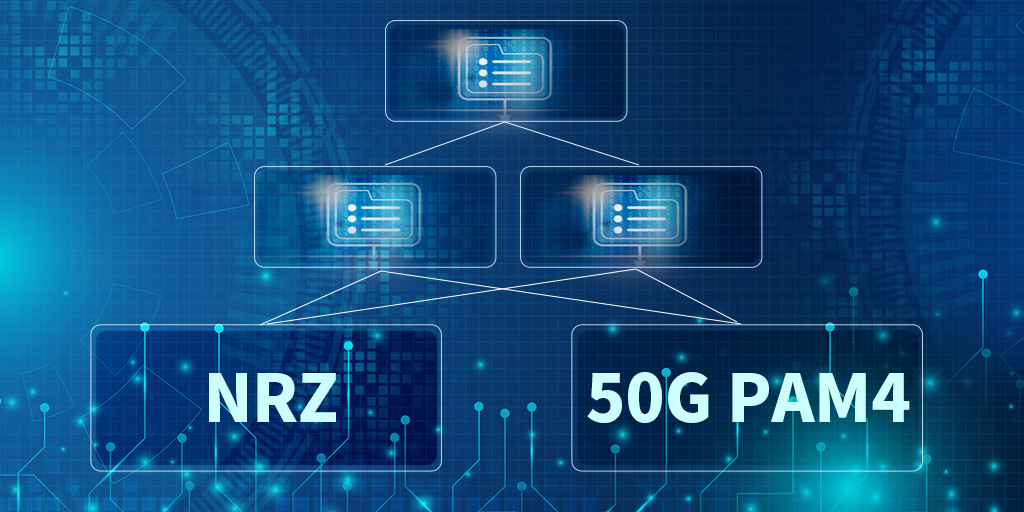The 5G bearer network is generally divided into the metro access layer, the metro convergence layer, and the metro core layer/provincial trunk line to implement the forward and middle transmission functions of 5G services. Devices at each layer mainly rely on optical modules to connect. The typical application scenarios and requirements are analyzed as follows:
| Network Layer | Urban Access Layer | Urban Convergence Layer | Urban Core Layer | |
| 5G Front-Haul | 5G Middle-Haul | 5G Back-Haul + DCI | 5G Back-Haul + DCI | |
| Distance | <10/20km | <40km | <40-80km | <40-80km/几百km |
| Network Topology | Main: Star Network Back-up: Ring Network | Main: Ring Network Back-up: Chain or Ring Chain Network | Ring Network or Dual Uplink Link | Ring Network or Dual Uplink Link |
| Client Interface Data Rate | eCPRI: 25Gb/s CPRI: N×10/25Gb/s or 1×100Gb/s | Early 5G: 10/25Gb/s Commercial Scale: N×25/50Gb/s | Early 5G: 10/25Gb/s Commercial Scale: N×25/50/100Gb/s | Early 5G: 25/50/100Gb/s Commercial Scale: N×100/400Gb/s |
| Line Interface Data Rate | 10/25/100Gb/s Gray Optics or N×25G/50Gb/s WDM Color Optics | 25/50/100Gb/s Gray Optics or N×25/50Gb/s WDM Color Optics | 100/200Gb/s Gray Optics or N×100Gb/s WDM Color Optics | 200/400Gb/s Gray Optics or N×100/200/400Gb/s WDM Color Optics |






